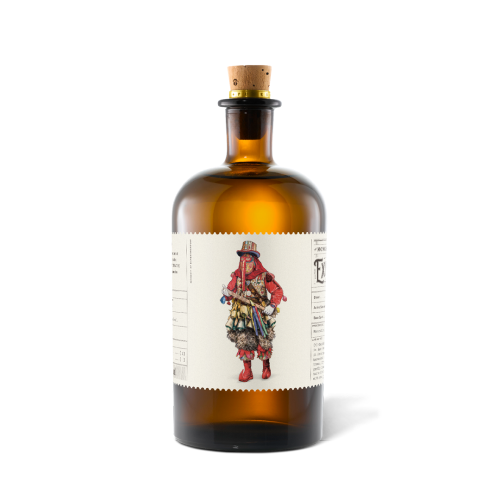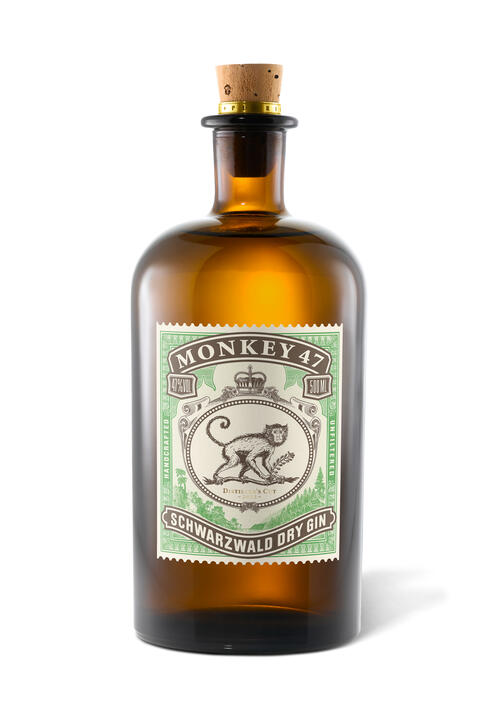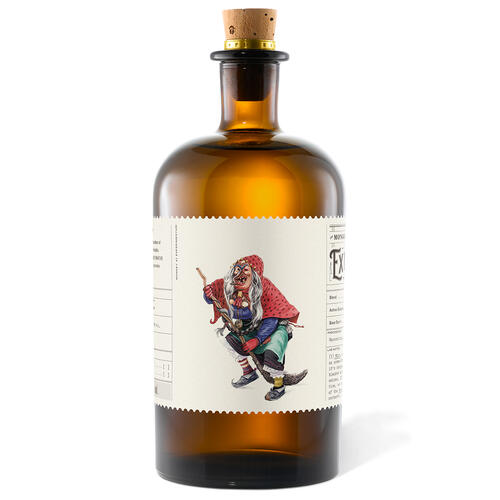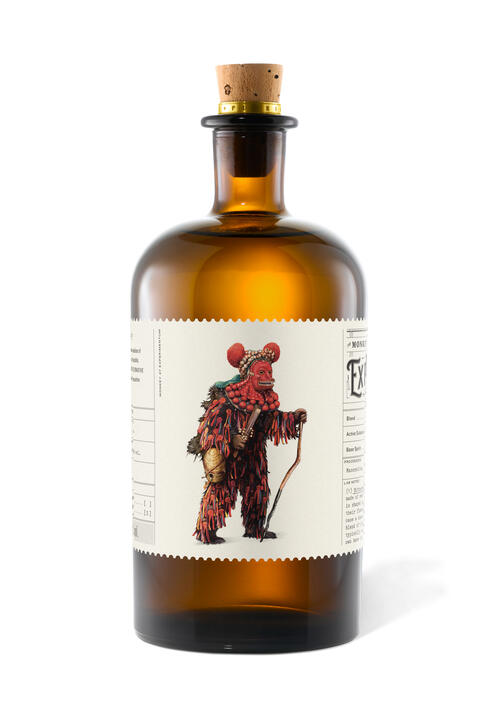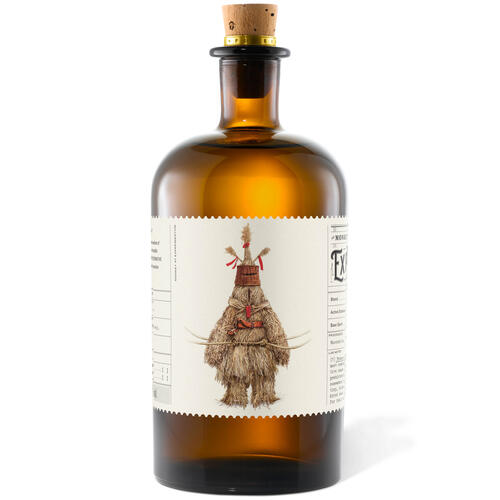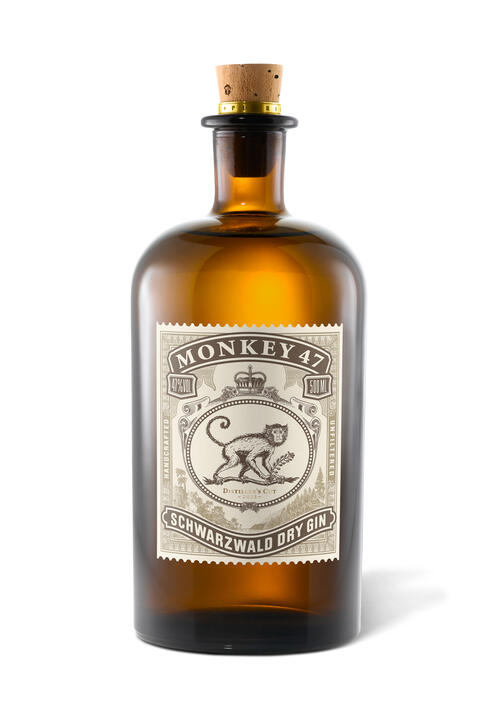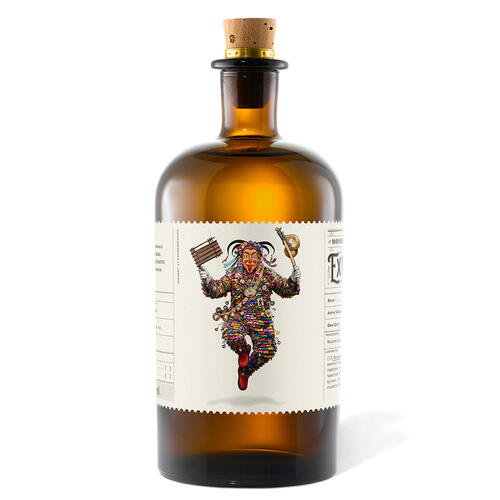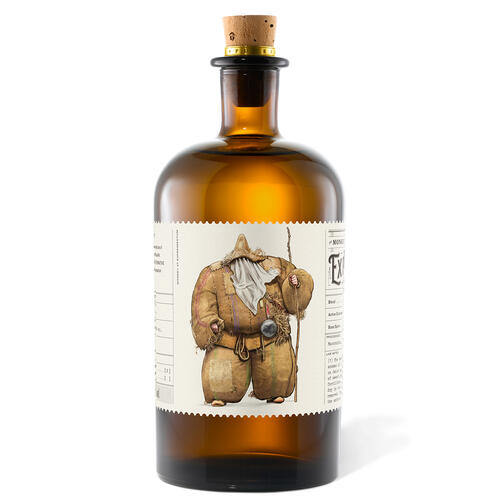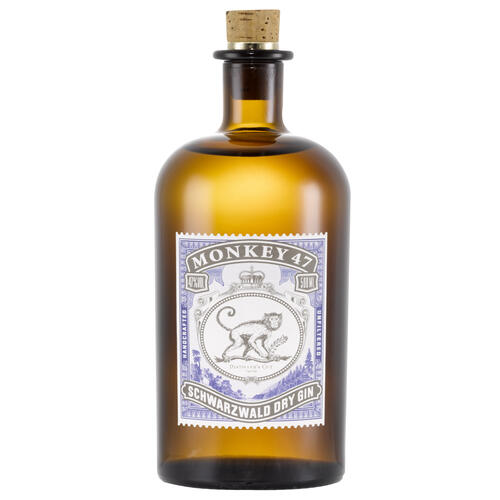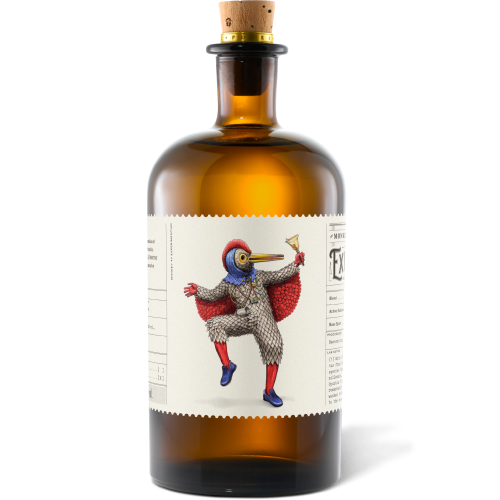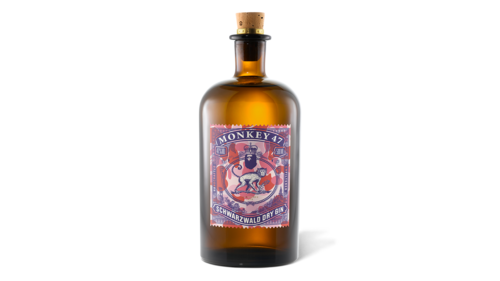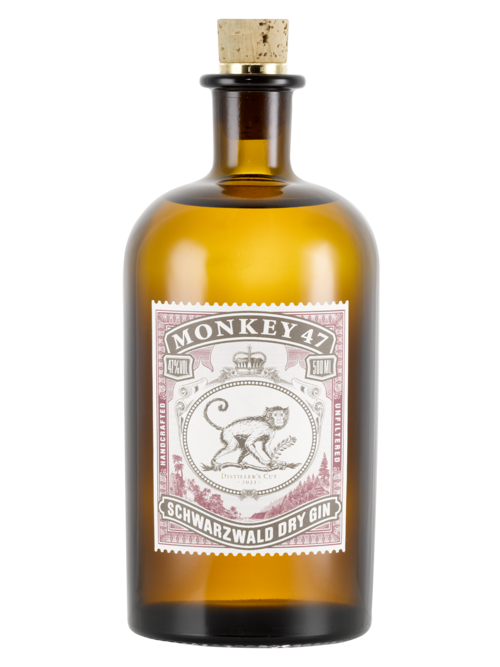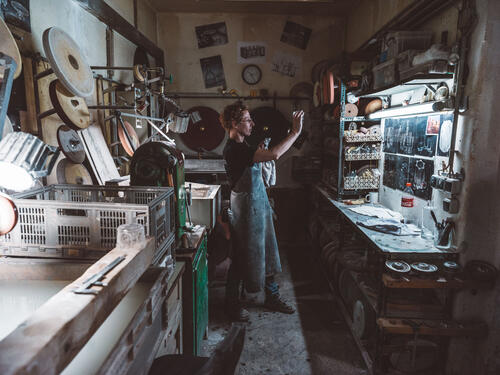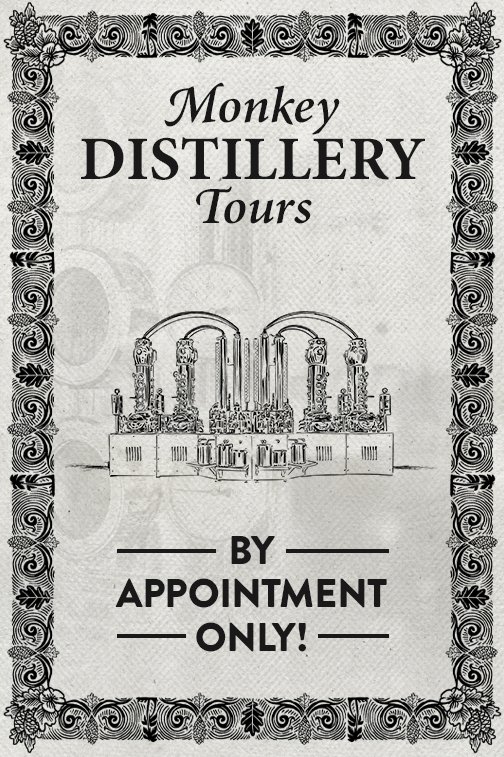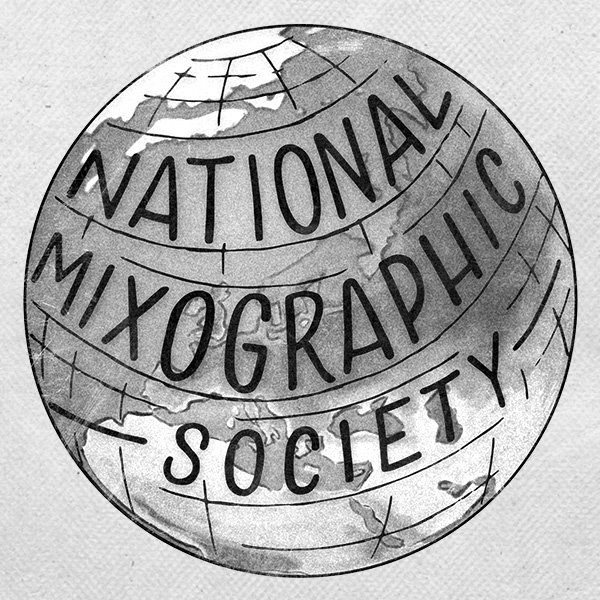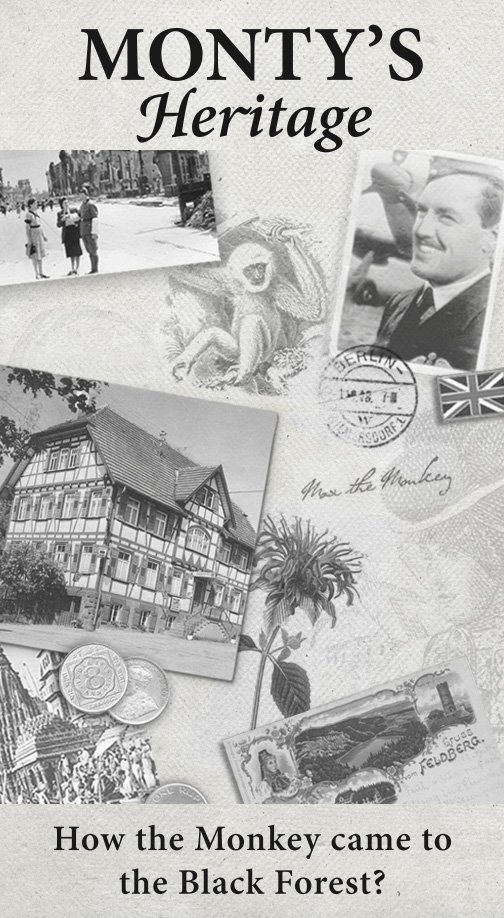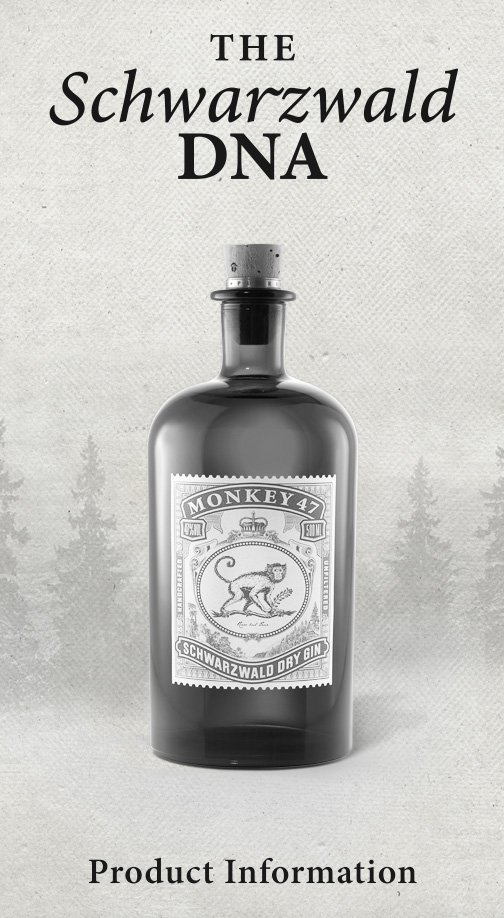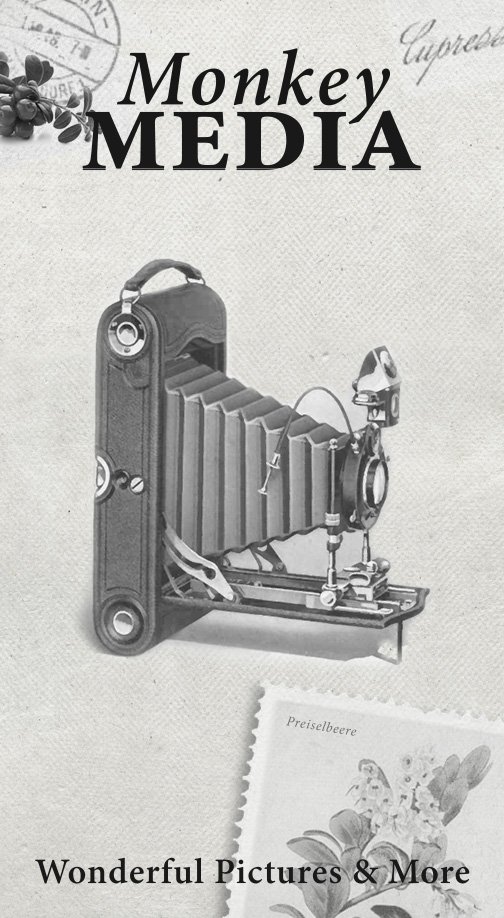The all new Distiller’s Cut 2015
Monkey meets Bärwurz
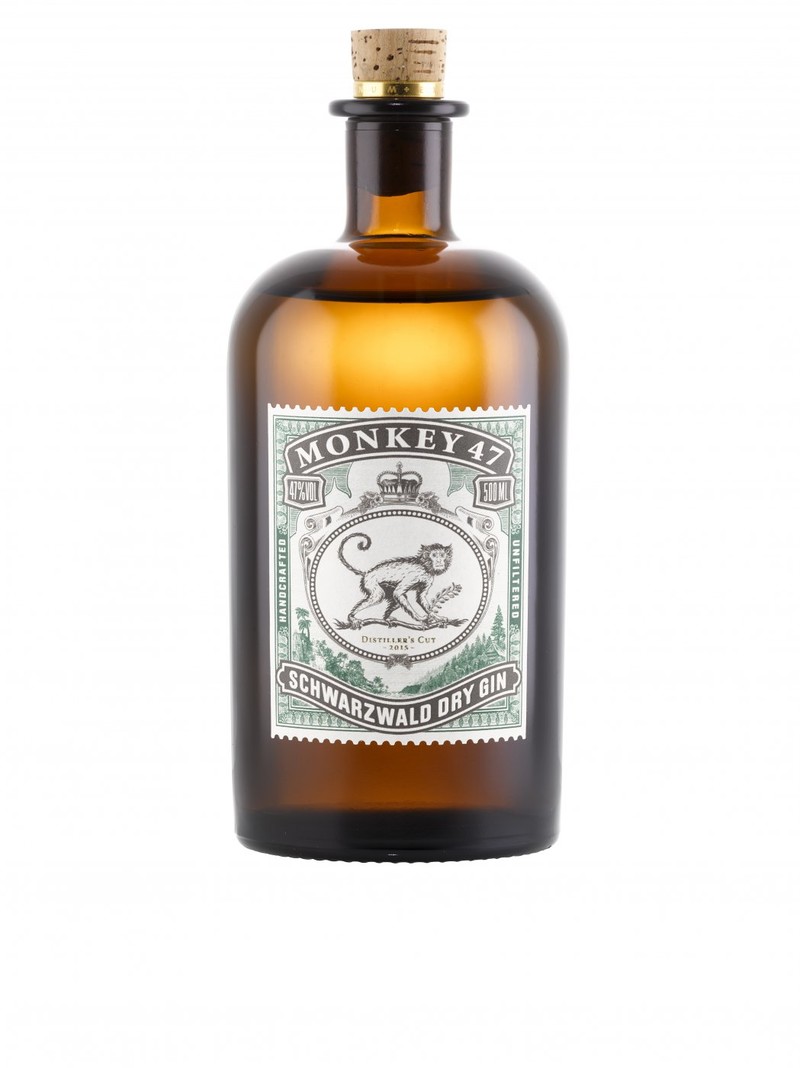
his year, our Master Distiller, Christoph Keller, once again embarked on a special distillatory mission. You know how it is – botanical curiosity, a desire to explore new sensory territory, a knack for discovering particular aromas and, last but not least, an eagerness to stay in good spirits (feed the monkey!). The quest for the species rara, or that one special ingredient for our Monkey 47 Distiller's Cut, led us this year to where else, but the Black Forest. In the mountainous area around Wolfach, known as the “Moosenmättle”, grows an unparalleled abundance of meum athamanticum, commonly known as spignel (German: Bärwürz), a now extremely rare plant that has little in common with masterwort (peucedanum ostruthium), which is used to make the reputed traditional root spirits in Germany.
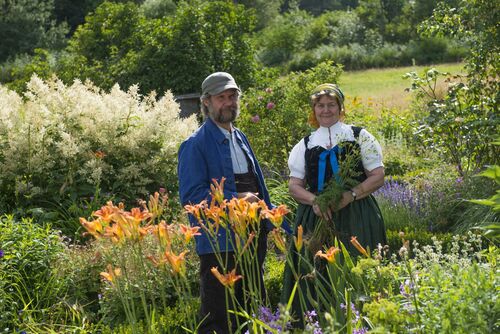
We first encountered spignel at an artists' wedding in the Black Forest, where a few years ago, our prolific and socially active Master Distiller was mingling with guests, when he was introduced to Hardy Happle by the acquainted artistic sisters Claudia and Julia Müller. This turned out to be a momentous encounter. Apart from belonging to a family of renowned Black Forest ski jumpers (in modern ski-jumping, the take-off board was named “Happle-Balken”, after Happle’s father), Hardy Happle is, in terms of versatility, not all that different from Montgomery Collins, the forefather of Black Forest Dry Gin. A freelance architect with a penchant for listed cultural assets, he is also active on the international stage as a dramaturge and producer of contemporary ballet. Yet his true passion is the “Hinteren Liefersberger Hof”, an old farmstead built in 1601 on the Moosenmättle, which Happle bought in 2007 and lovingly renovated over three years to restore its original character.
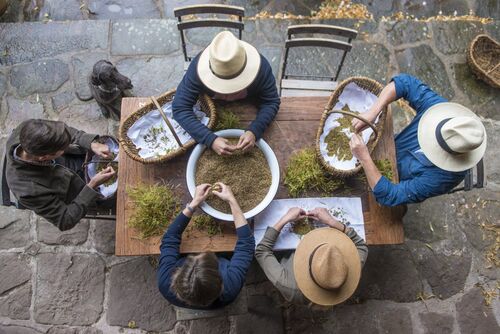
On the meadows around the old farmstead, Happle soon noticed the huge quantities of spignel plants: “After buying the farm and looking at the cultural asset as a whole – even from a botanical perspective – I experimented with the fragrant, wild umbels,” he says. “My first reaction was: It smells like gin, only better!” It was initially extremely difficult to determine the botanical nature of this special plant because it had been completely forgotten as a result of industrialisation. Only the locals who lived back in the day and herb women were able to reveal its botanical name and use.
Spignel, or meum athamanticum, is the only type of plant of the monotypic genus meum within the family of umbellifers (apiaceae). Growing in mountainous regions, it is a strongly scented perennial herb with delicate, finely divided aromatic leaves and white flowers. When the foliage is cut or crushed, spignel emits a fine, somewhat sweet scent that is similar to fennel, dill, lovage or even gin.
Spignel is, however, also a plant of great cultural-historical significance. For instance, up until the last century, herbal salt containing sea salt and the young spignel shoots was manufactured in the southern Black Forest region. Produced in large quantities by the many busy hands of diligent farmers’ wives, this famous spignel salt was a very successful export item in the 19th century – but today is only still known to local residents and has sadly almost disappeared entirely.
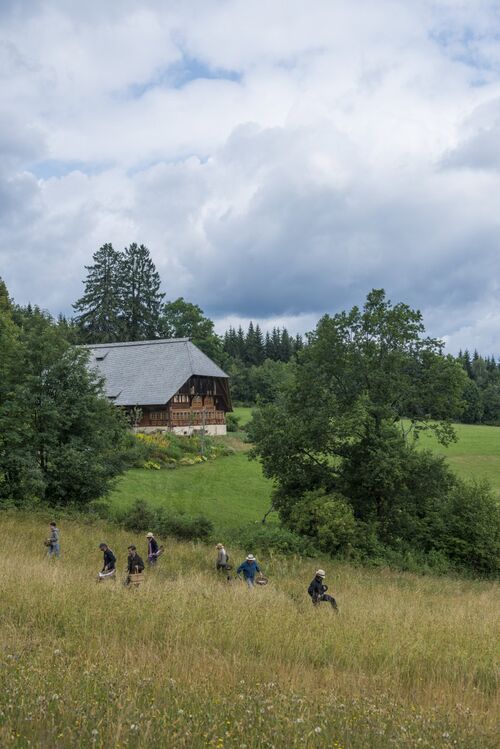
As we all know, the first impression is the best, which is why the restless architect and amateur botanist Happle experimented with the crushed spignel seed and, you’ve guessed it, Monkey 47. His endeavours led him in 2013 to Christoph Keller, whom he told about his idea to create a Spignel-Monkey 47 “farmstead drink”. It did not take long for our Master Distiller to respond, and so the idea was quickly born, the species rara discovered, and Black Forest distillers as well as countless volunteers called in to harvest the wild spignel of unprecedented quality. So, in midsummer 2015, around two dozen harvesters (with herb and monkey expertise) gathered on the Moosenmättle and crawled through the mountainous terrain three times over, hand-picking large quantities of spignel seeds, which were later dried at Liefersberger Hof for distillation. Just once a year, we distil a small batch in a limited edition of just 4,000 bottles of this unique Distiller’s Cut that never fails to set the hearts of barkeepers and gin enthusiasts racing. As always, we push ourselves to the limits of what is sensorially feasible in terms of distillation using plant ingredients.
This year, in a complex and extensive production process, the macerate of the 47 “traditional” ingredients of Monkey 47 was enhanced to include spignel seeds, distilled again, matured for three months in earthenware containers, before finally being combined with soft spring water from the Black Forest.
Distiller’s Cut 2015 is a refreshing, tangy gin with delicate vegetable top notes, spicy heart notes, and a unique complexity and density – and as always, our Master Distiller is a very happy man! Cheers, and let us leave you with the words of the early botanist and herbalist Dr Tabernaemontanus, who mentions the spignel tradition in the Black Forest:
“It’s comforting to know that cows enjoy eating spignel, and they produce a lot of milk because of it, so that good cheese can be made in the Black Forest and elsewhere.”
P.S. We could not resist the opportunity to prepare a special treat of genuine Black Forest spignel salt for the gourmets among the gin drinkers – exclusively by hand like in the 19th century. In cooperation with Pfeffersack und Söhne, we are proud to offer you a limited edition of 100 ceramic pots of "Schwarzwälder Affensalz" (Black Forest monkey salt).




